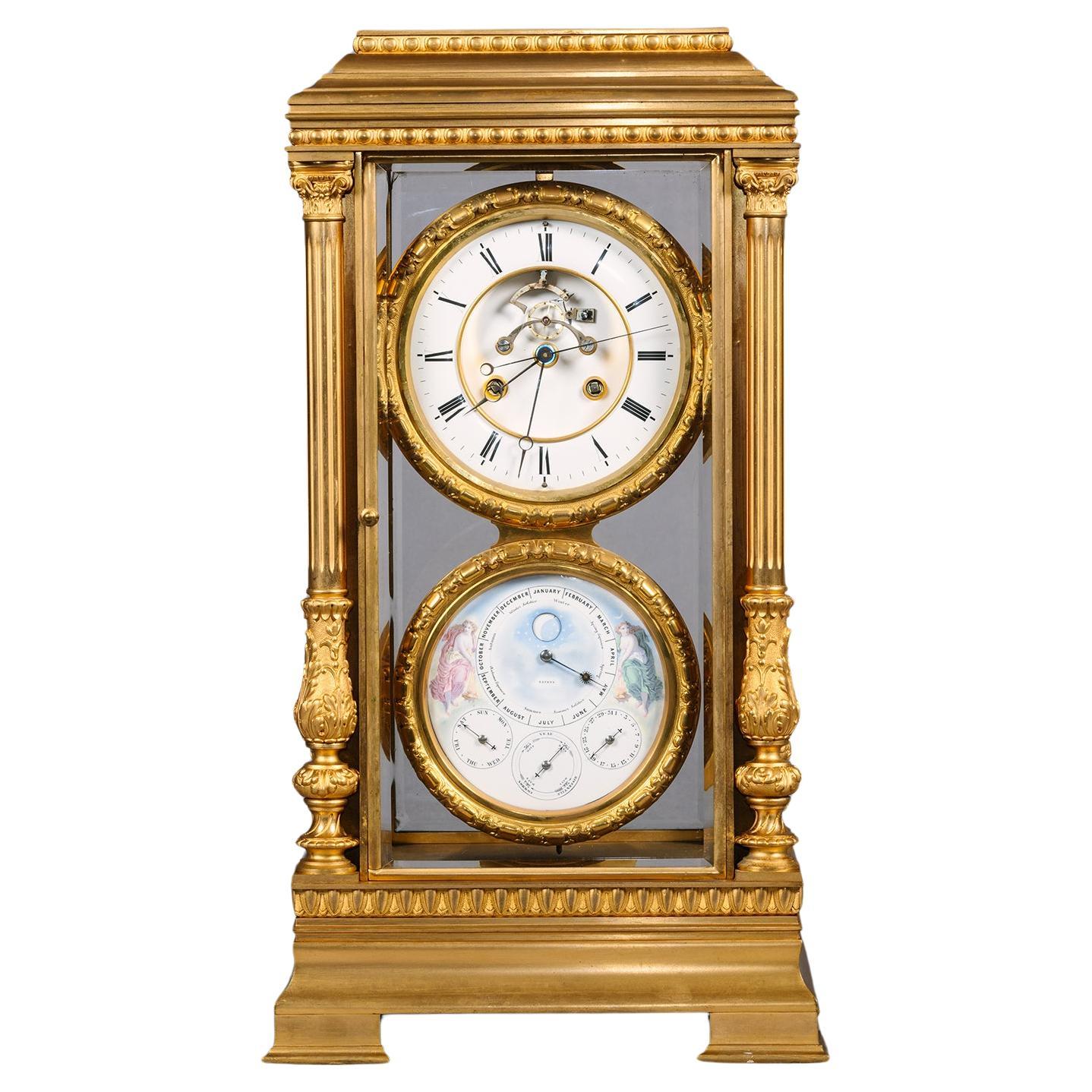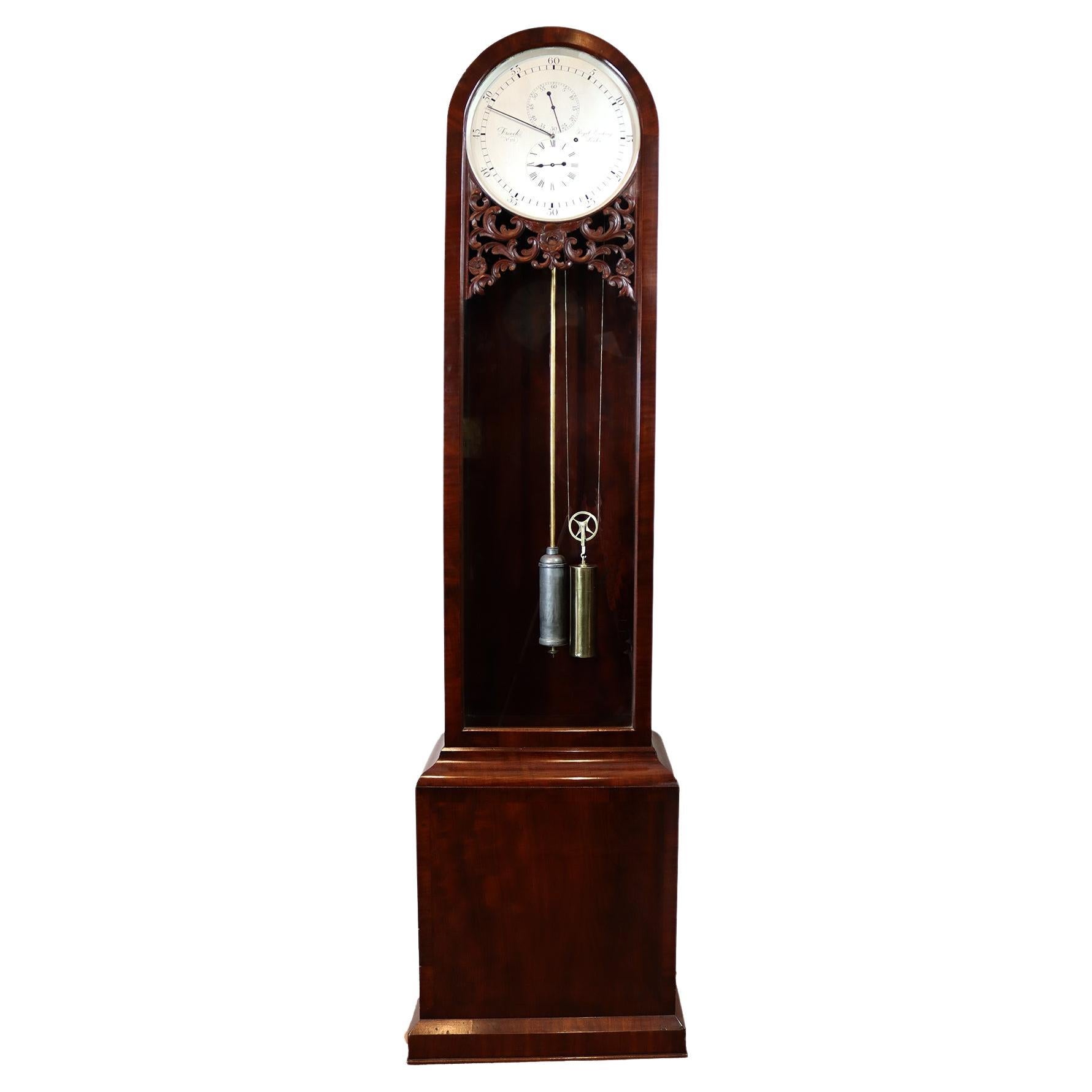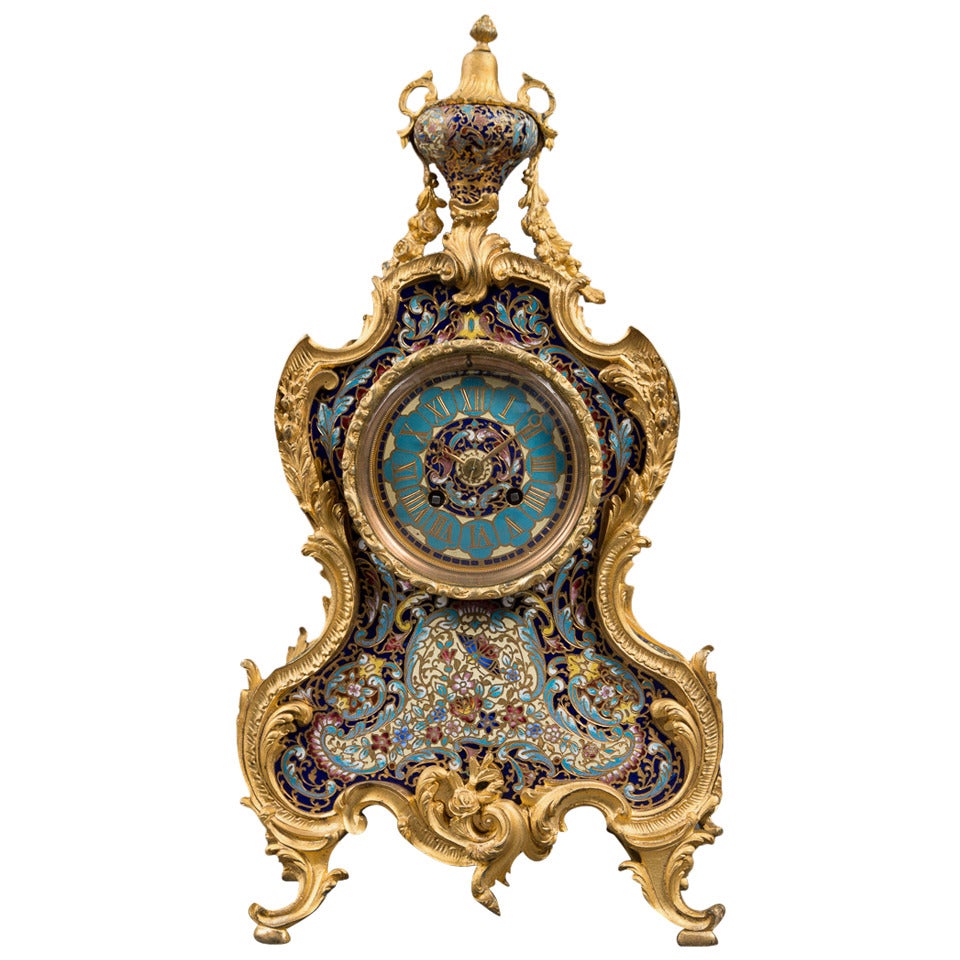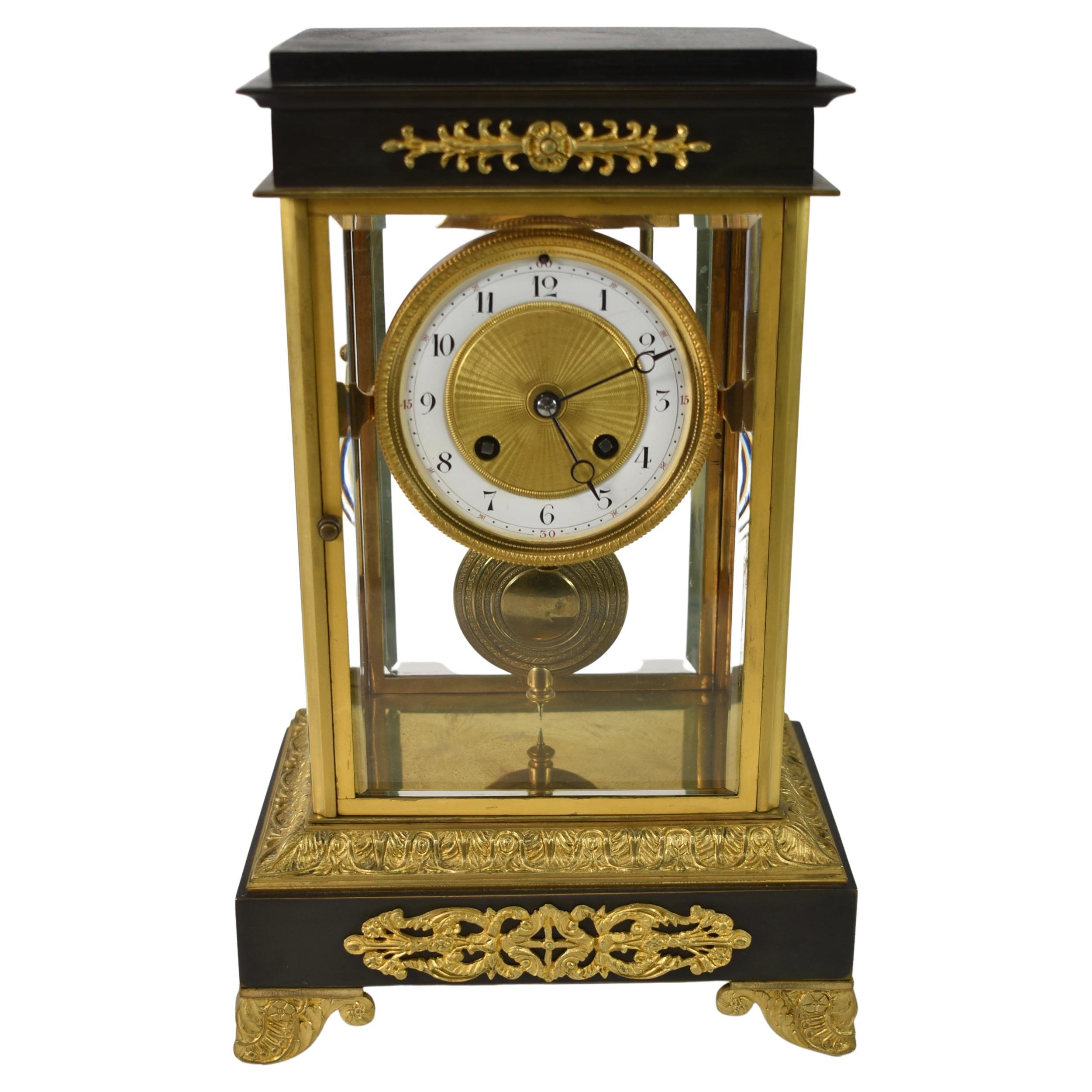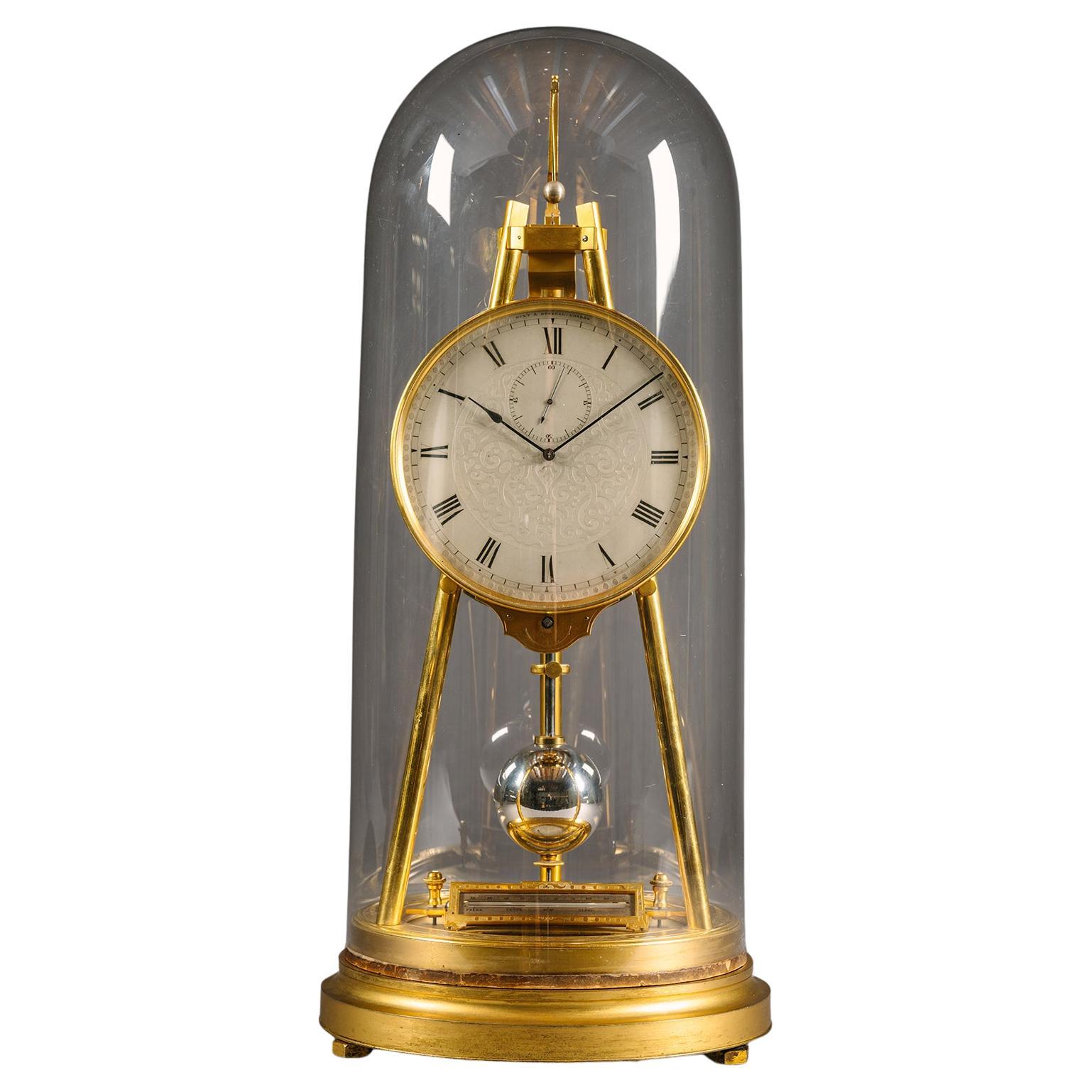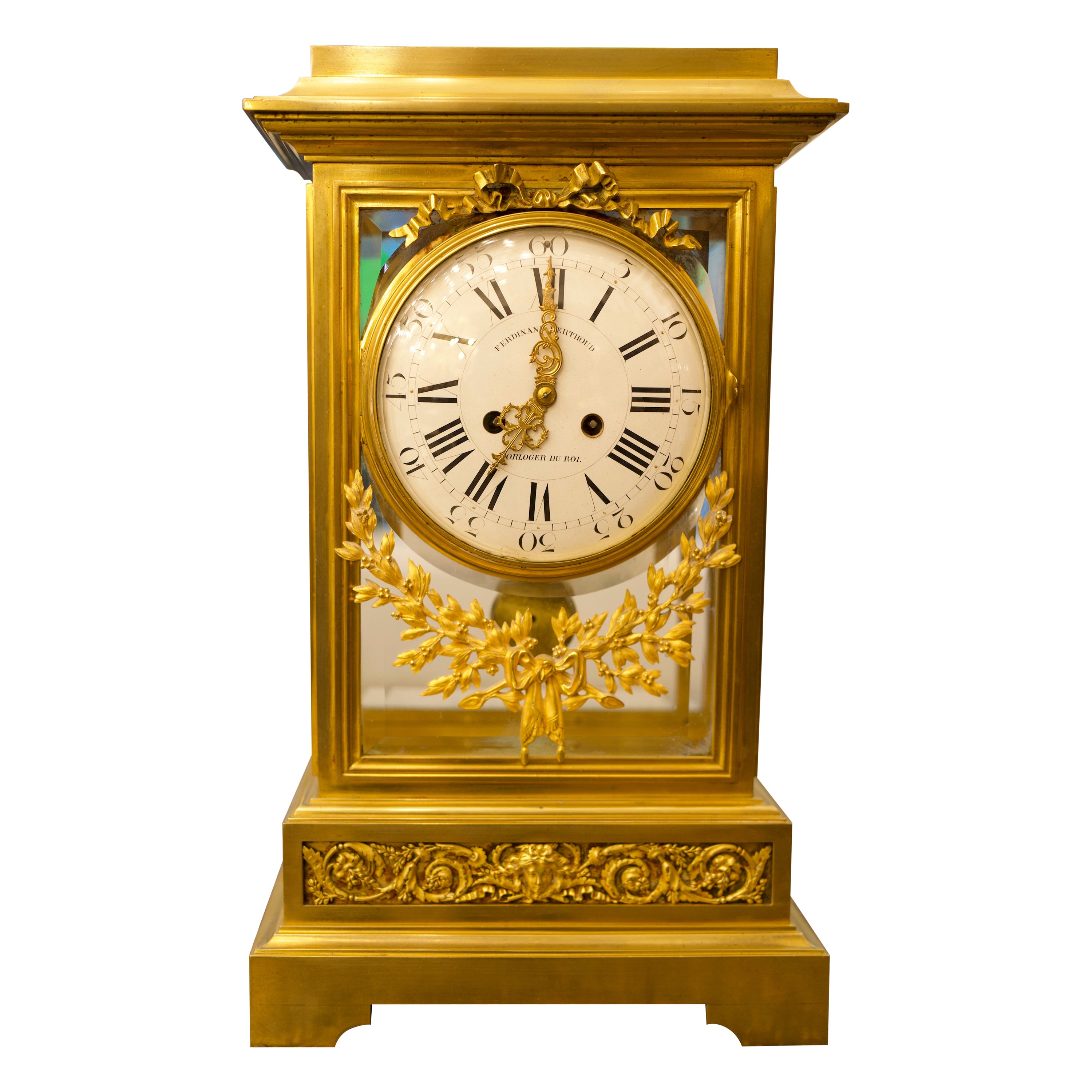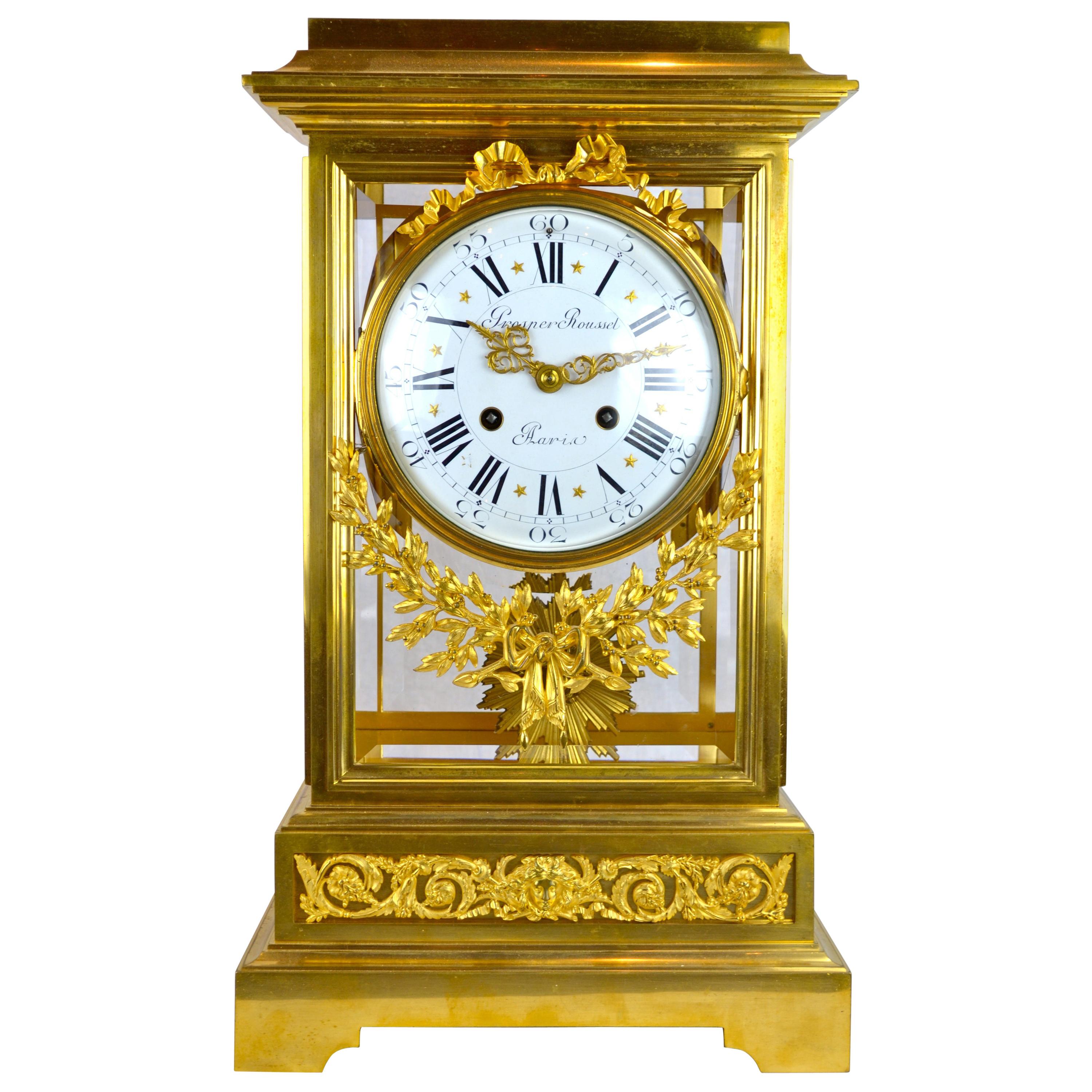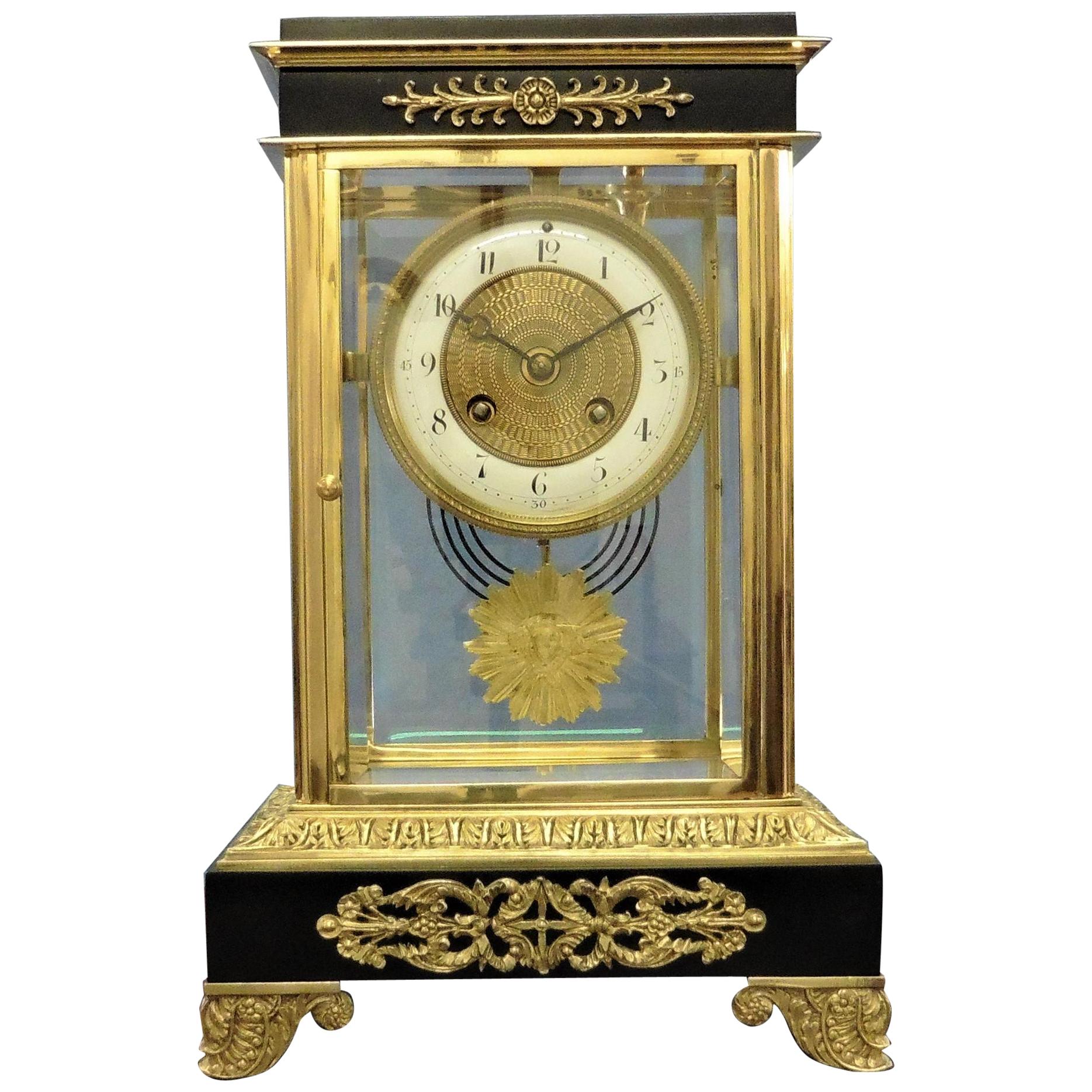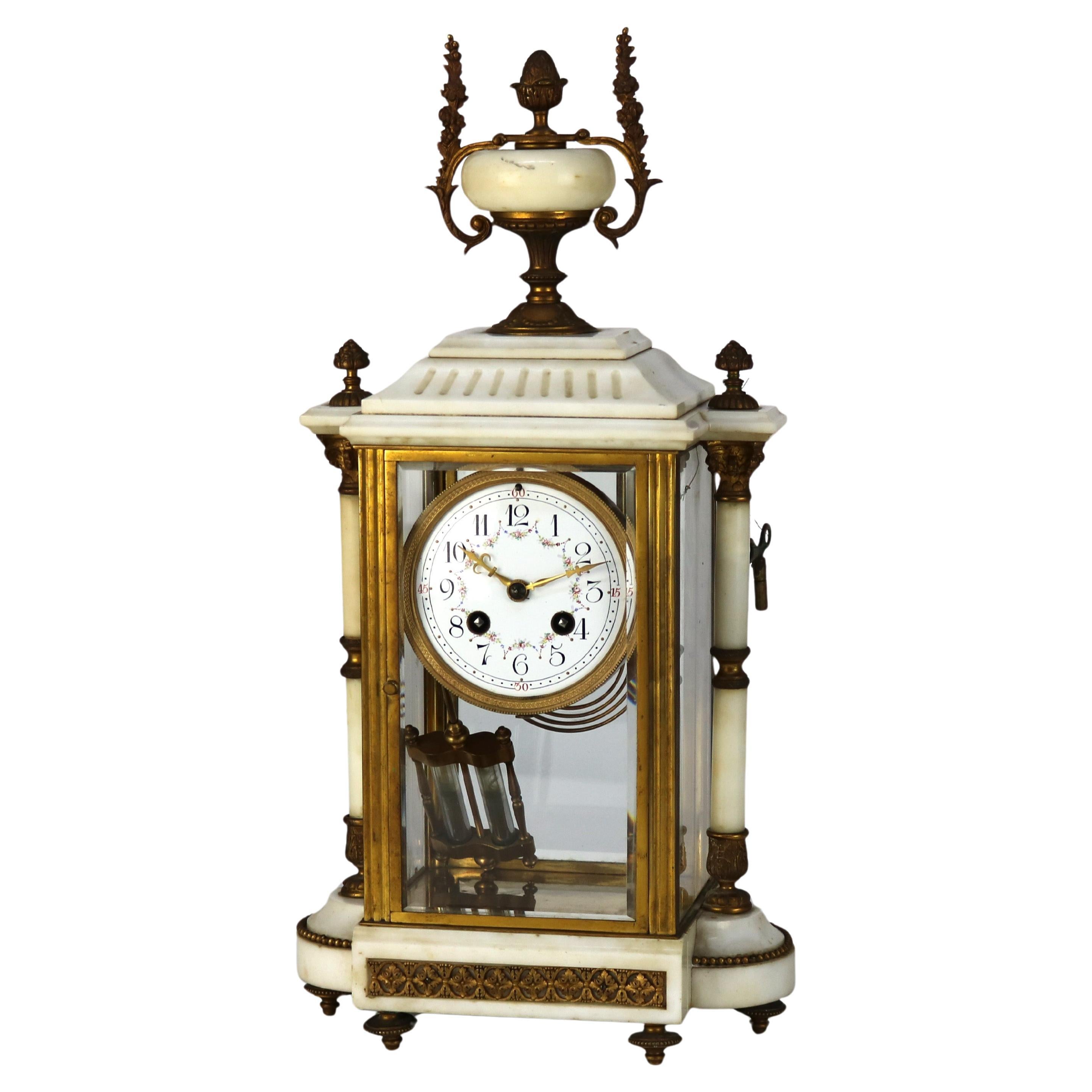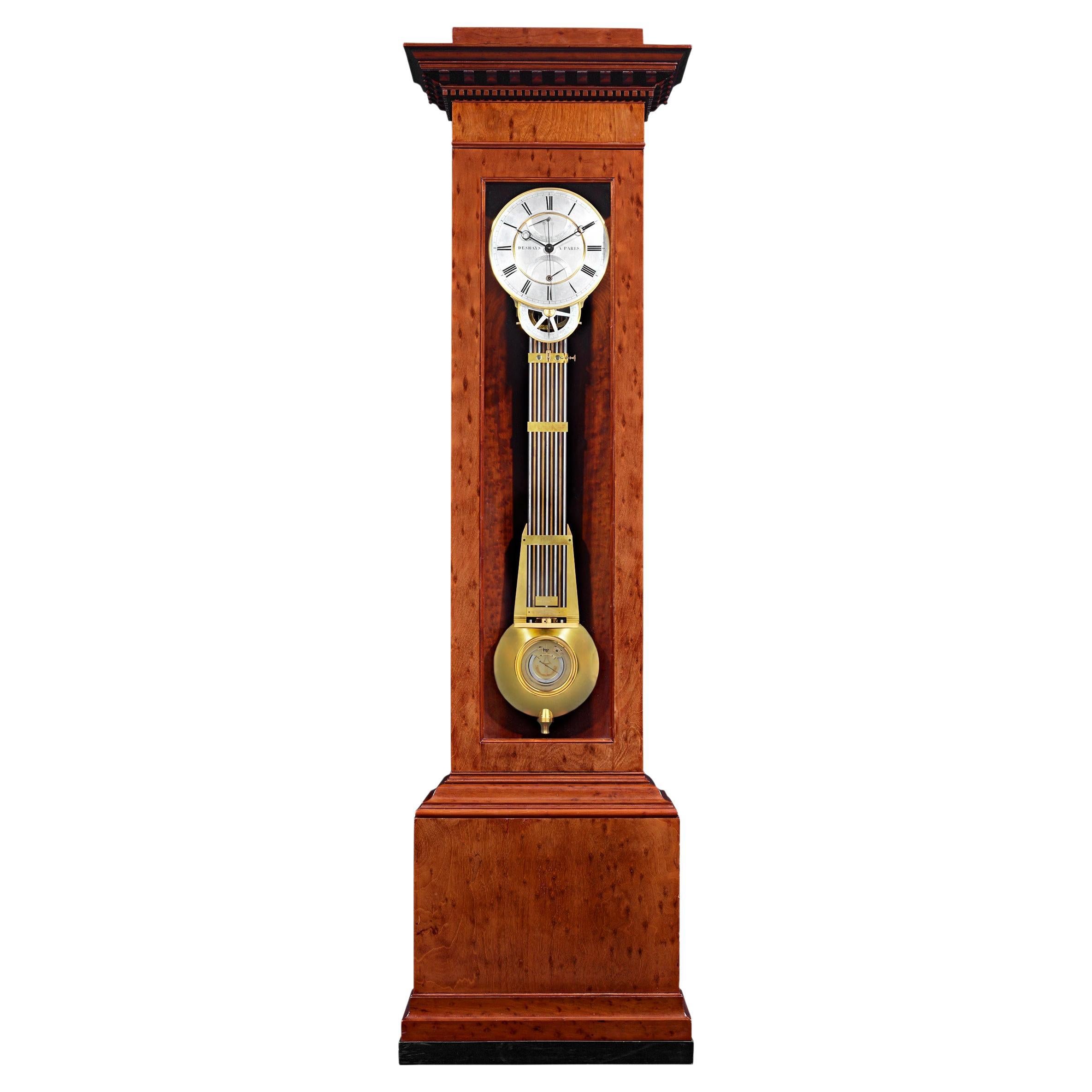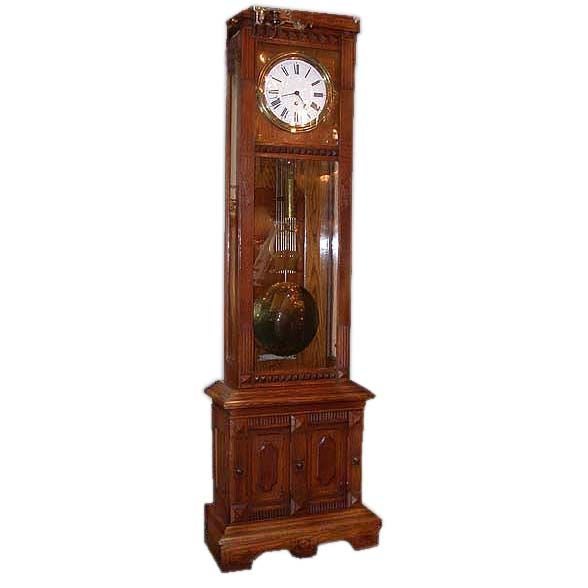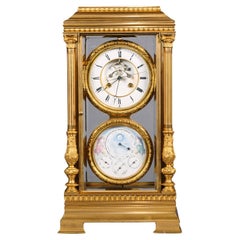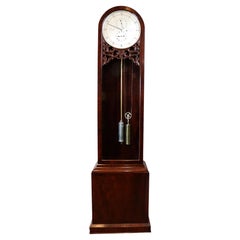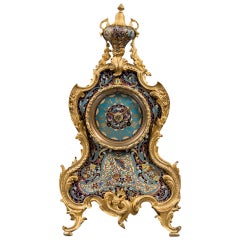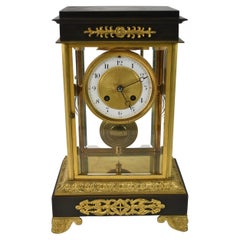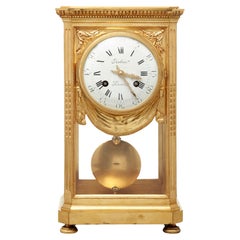
French bronze 'four glass' table regulator by Robin
View Similar Items
1 of 8
French bronze 'four glass' table regulator by Robin
About the Item
- Dimensions:Height: 15.56 in (39.5 cm)Width: 8.67 in (22 cm)Depth: 7.09 in (18 cm)
- Materials and Techniques:
- Place of Origin:
- Period:
- Date of Manufacture:1880
- Condition:Wear consistent with age and use.
- Seller Location:HAARLEM, NL
- Reference Number:1stDibs: LU9386237863012
Authenticity Guarantee
In the unlikely event there’s an issue with an item’s authenticity, contact us within 1 year for a full refund. DetailsMoney-Back Guarantee
If your item is not as described, is damaged in transit, or does not arrive, contact us within 7 days for a full refund. Details24-Hour Cancellation
You have a 24-hour grace period in which to reconsider your purchase, with no questions asked.Vetted Professional Sellers
Our world-class sellers must adhere to strict standards for service and quality, maintaining the integrity of our listings.Price-Match Guarantee
If you find that a seller listed the same item for a lower price elsewhere, we’ll match it.Trusted Global Delivery
Our best-in-class carrier network provides specialized shipping options worldwide, including custom delivery.You May Also Like
A Large Gilt-Bronze Four-Glass Mantel Regulator Calendar Clock
Located in Brighton, West Sussex
A Large Gilt-Bronze Four-Glass Mantel Regulator Calendar Clock.
The architectural case composed of two columns supporting a stepped top. The front and back with bevel glazed doors. The enamel clock...
Category
Antique 19th Century French Victorian Mantel Clocks
Materials
Enamel, Ormolu
Regulator by French Royal Exchange
By French Royal Exchange London
Located in Amersham, GB
A very fine regulator made by the firm of French Royal Exchange, the eight day movement with Harrison’s maintaining power and deadbeat escapement...
Category
Antique 1850s English Victorian Grandfather Clocks and Longcase Clocks
Materials
Brass
French Ormolu Bronze and Champlevé Enamel 8-Day Regulator Clock
Located in Los Angeles, CA
A late 19th century French ormolu bronze and champlevé enamel 8-day regulator clock,
circa 1890.
Origin: France.
Height 18.5".
Width: 9.5".
Depth...
Category
Antique 19th Century French Table Clocks and Desk Clocks
Materials
Enamel, Ormolu
Antique French Empire Crystal Regulator Clock
Located in Toledo, OH
A beautiful brass clock with gold dore finish. Beveled glass panels with a porcelain dial and time and strike. French works. Running condition. Corner crack in one glass panel.
Category
20th Century European Empire Mantel Clocks
Materials
Brass
English Tripod Table Regulator Clock by Thomas Cole, Retailed by Hunt & Roskell
By Thomas Cole (Clockmaker)
Located in Brighton, West Sussex
A Fine English Tripod Table Regulator Clock by Thomas Cole, With Integral Thermometer and Barometer, Retailed by Hunt & Roskell, London
Signed to the dial for the retailer ‘Hunt & Roskell, London.’
No. 1318 /38
The circular six-inch silvered dial with cast bezel, signed ‘Hunt & Roskell, London’, above Roman chapters and blued steel spade hands, set with a large subsidiary seconds dial below XII, the centre finely engraved with scrolling strapwork decoration. The steel winding square protruding through an engraved and shaped plate immediately below 6 o'clock with handset achieved by adjustment to the rear. The movement with tapered plates joined by cylindrical screwed pillars, a two-part backplate, a going barrel, and deadbeat escapement. The pendulum suspended from the apex of the tripod from a G-bracket, with plumb line above, fine regulation achieved by a sliding cylindrical weight on the rod, terminating in a heavy silvered spherical bob secured via Cole's pendulum-locking system.
The case formed of three cylindrical rods set on a gilt and stepped circular base engraved with scrolling foliage, the recessed centre with a semi-circular glazed barometer with silvered register scale, blued steel hand and manually adjustable gilt recording hand. The tilted thermometer within an engraved and gilded surround. Below the tip of the pendulum is a beat scale resting on a bimetallic bar providing thermal compensation, the base resting on three adjustable gilt-metal levelling nuts.
Retaining its original glass dome and brass winding key.
England, Circa 1855.
This fine and rare timepiece by Thomas Cole is a masterpiece of design.
Described by Hawkins in 'Thomas Cole & Victorian Clockmaking' as “the first English table regulator for a gentleman’s library table,” Cole’s strut clock underwent over eight iterations before achieving a design that combined precision with extraordinary elegance.
The use of a tripod to determine the optimal pendulum suspension point is just one of several ingenious mechanisms Cole employed. Three adjustable nuts serving as feet allow for effective levelling of the clock, while a plumb line and bob ensure precise vertical alignment. Relocating the winding square directly beneath the dial eliminates the risk of scratching the surface or damaging the hands, while the inclusion of a thermometer, angled at 45 degrees, effectively conceals the beat scale and pendulum locking mechanism.
Ingeniously designed, the locking mechanism positioned just below the pendulum’s tip includes a beat scale resting on a brass bar that can be raised to secure the pendulum in place. This mechanism also provides thermal compensation through a bi-metallic strip, which automatically raises or lowers the bob in response to temperature fluctuations.
Both inventive and aesthetically striking, this rare clock exemplifies the highly ornamental Victorian timepieces...
Category
Antique 19th Century English Victorian Table Clocks and Desk Clocks
Materials
Brass, Bronze, Steel
19th Century Louis XVI Style Regulator Gilt Bronze Clock by Ferdinand Berthoud
Located in Southall, GB
A stunning 19th Century Louis XVI Style Regulator Gilt Bronze clock by Ferdinand Berthoud.
A French Louis XVI style gilt bronze regulator clock, the finely cast rectangular case with four beveled glass sides; the large white enamel dial with Roman numerals is decorated above and below with gilt bronze garlands. The dial is signed and the stepped base is further embellished on three sides with a gilded frieze...
Category
Antique 19th Century French Mantel Clocks
Materials
Bronze
$4,874 Sale Price
20% Off
Recently Viewed
View AllMore Ways To Browse
Antique Regulator
Four Glass Mantel Clock
Regulator Clock
Antique Regulator Clocks
French Regulator Clock
Clock By Robin
Antique French Regulator Mantel Clock
Antique School Clocks
Enamel Swan
French Clock Parts
Sevres Style Mantel Clock
Antique Candle Clock
Clock Garniture Set Marble
Four Glass Mantel Clock
Old Paris Clock
Porcelain Clocks With Cherubs
Antique Clock Repair
Antique Crystal Clocks
